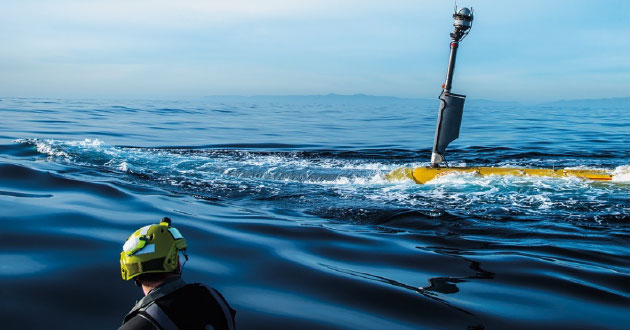Boeing’s digital leadership with defense aerospace customers is well documented and proven in the industry. And it’s about to accelerate for the U.S. Navy’s unmanned sea vehicles, too, as the Navy looks to field capabilities faster and fight smarter as a connected force.
Boeing recently was awarded a contract by the Defense Advanced Research Projects Agency (DARPA) Strategic Technology Office for Phase 2 of its Hunter program — a new concept for undersea payload delivery using extra-large unmanned underwater vehicles, or XLUUVs. The work will focus on developing and deploying open architecture software, while demonstrating advanced payloads.
“The Hunter program continues to be a growth area for our business,” said Ann Stevens, senior director, Maritime Undersea. “This contract is a key opportunity to show we fully embrace the Navy’s unmanned maritime autonomy architecture framework and desire to reduce the overall software cycle time from concept to deployment into the fleet.”
Boeing’s work during this phase of the program is twofold: Transition software to open architecture, and conduct multiple mission payload demonstrations. Both support key customer objectives such as quicker fielding of new capabilities, smart reuse of software already developed, and interoperability across vehicles and classes.
“Along with Aurora Flight Sciences and Boeing Research & Technology, BDS’ work on Hunter is the tip of the spear for Maritime Undersea digital engineering efforts in not just what we deliver but how we deliver it,” said Brian Grubel, Hunter program manager. “In addition to reinforcing the company’s ‘all in’ commitment to open architecture, this work will be another example in showcasing operational value and reducing cost and schedule through the use of a digital twin and model-based systems engineering.”
